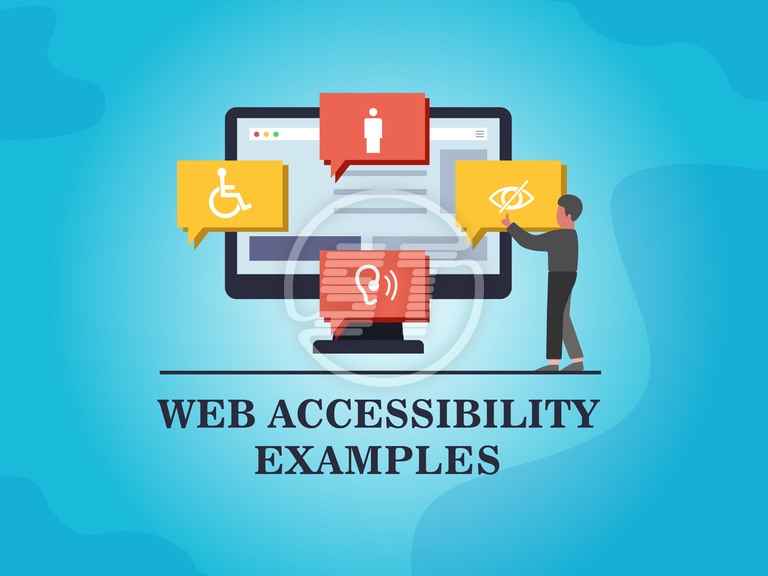Bgroho Insights
Your daily source for news, tips, and inspiration.
Waving at Barriers: Making the Web a Friendlier Place for Everyone
Discover how to break down web barriers and create a friendlier online space for all. Join the movement for inclusivity today!
Understanding Web Accessibility: Why It Matters for Everyone
Web accessibility is an essential aspect of creating inclusive online experiences that cater to all users, regardless of their abilities or disabilities. By adhering to accessibility standards, web designers and developers ensure that individuals with visual, auditory, cognitive, or motor impairments can navigate and interact with websites effectively. This not only promotes social equity but also enhances the user experience for everyone. When we prioritize accessibility, we also open our websites to a broader audience, which can lead to increased engagement and customer loyalty.
Moreover, web accessibility isn't just beneficial for people with disabilities; it improves usability for all users. For instance, responsive design aids users on various devices, while clear navigation and readable text enhance the experience for everyone. Organizations that prioritize accessibility can also mitigate legal risks associated with non-compliance, further emphasizing the importance of integrating these practices into development processes. Ultimately, understanding and implementing web accessibility is vital for fostering an inclusive digital environment that respects and values every user.

10 Simple Ways to Make Your Website More Inclusive
Creating an inclusive website is essential to ensure that all users, regardless of their background or abilities, can access and engage with your content. Here are 10 simple ways to make your website more inclusive:
- Use alternative text for images to describe their content, allowing visually impaired users to understand the context of visuals.
- Implement keyboard navigation to ensure that users who cannot use a mouse can still navigate your website.
Additionally, consider the importance of color contrast when designing your site. Text and background colors should be distinct to aid users with color blindness. Also, ensure your content is easy to read by using clear fonts and avoiding complex jargon. These changes can significantly enhance user experience and accessibility for all.
Common Barriers in Digital Content and How to Overcome Them
In the rapidly evolving landscape of digital content, several common barriers pose challenges for content creators. One significant barrier is content saturation, where the internet is flooded with similar topics, making it difficult for new content to stand out. To overcome this, creators should focus on niche markets and develop unique perspectives or insights that add value to the conversation. Another barrier is engagement; content that fails to resonate with the audience may lead to decreased interaction. To counter this, employing SEO strategies such as keyword optimization and understanding user intent can enhance visibility and create a connection with the target audience.
Another common challenge is the lack of technical skills required to properly format and publish content. This can deter potential creators from sharing their ideas. Addressing this barrier involves utilizing user-friendly tools and platforms that simplify the content creation and publishing process. Additionally, the importance of consistent updates cannot be overlooked. Content can quickly become outdated, so establishing a regular schedule for revisions and updates ensures that information remains relevant and trustworthy. By tackling these barriers head-on, content creators can produce high-quality digital content that engages and informs their audience effectively.